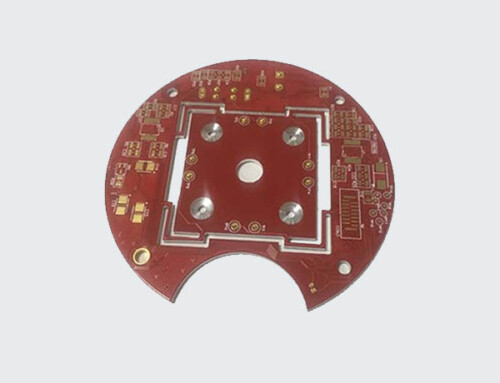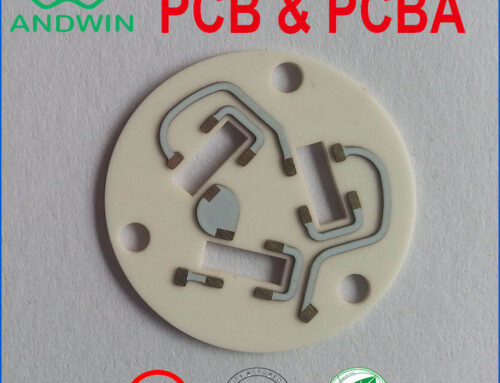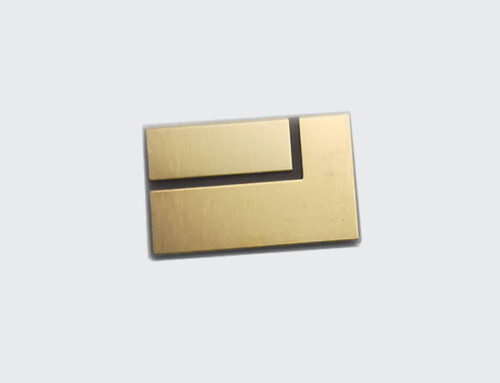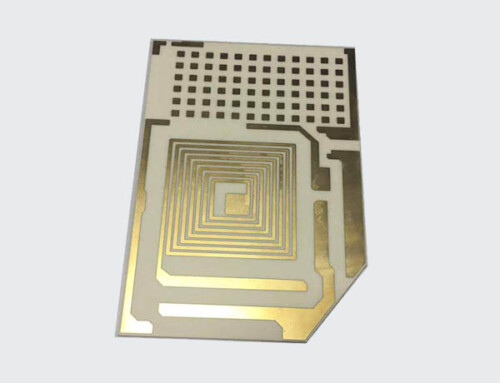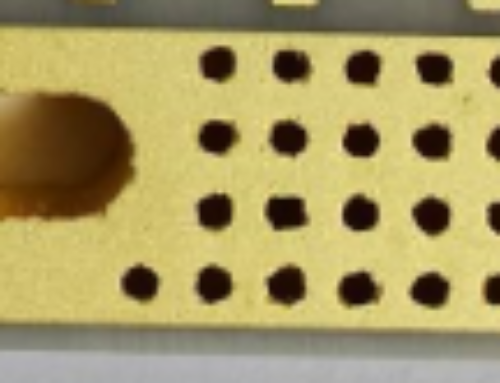Flexible & rigid-flex circuits technical engineering guide
Flexible and rigid-flex circuits are becoming increasingly popular in the electronics industry, thanks to their ability to bend and fold without breaking. These circuits are used in a wide range of applications, from medical devices to aerospace technology.
However, designing and manufacturing flexible and rigid-flex circuits requires specialized knowledge and expertise. In this technical engineering guide, we will explore the key considerations for designing and manufacturing flexible and rigid-flex circuits.
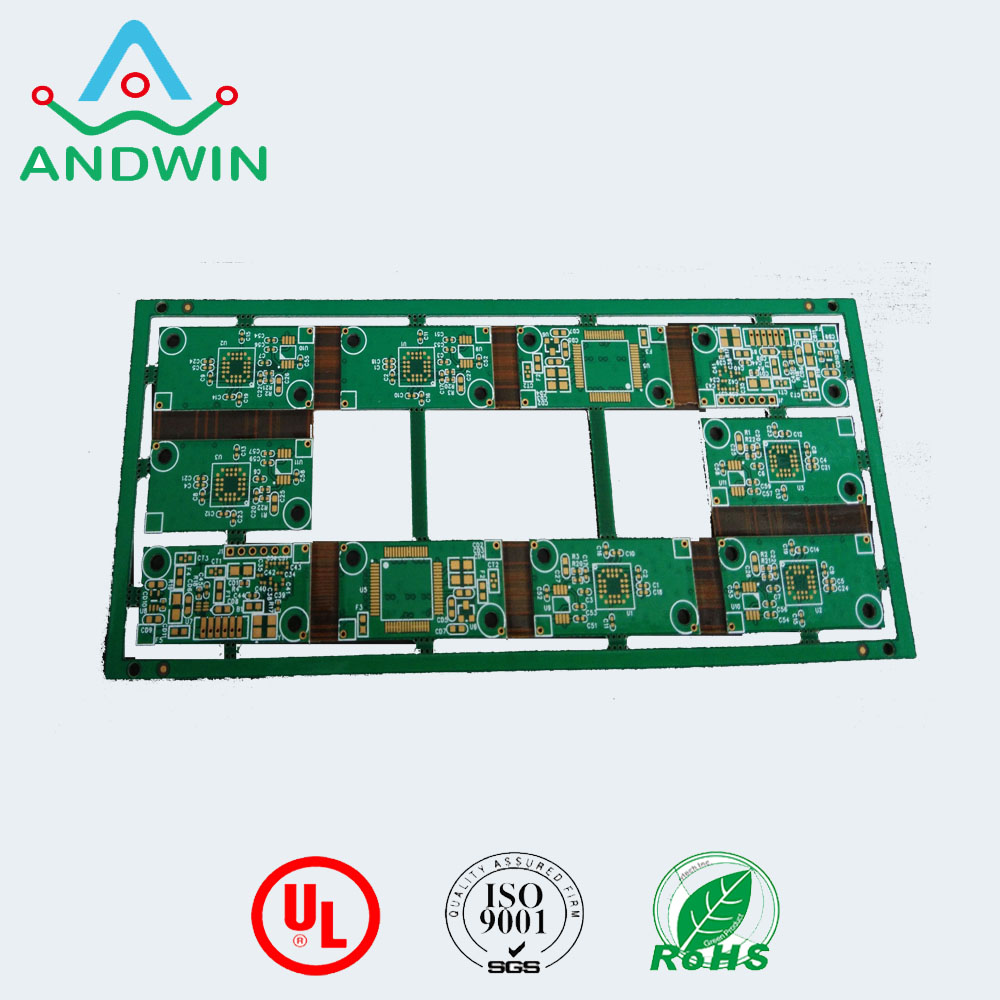
Design Considerations
The design of a flexible or rigid-flex circuit is critical to its performance and reliability. Here are some key design considerations to keep in mind:
1. Bend Radius: The bend radius is the minimum radius that the circuit can be bent without causing damage. It is important to ensure that the bend radius is not too small, as this can cause the circuit to crack or break.
2. Trace Width: The width of the traces on the circuit board is important, as it affects the current carrying capacity of the circuit. It is important to ensure that the trace width is appropriate for the current that will be flowing through the circuit.
3. Material Selection: The materials used in the circuit board are critical to its performance and reliability. The choice of materials will depend on the application and the environment in which the circuit will be used.
4. Component Placement: The placement of components on the circuit board is important, as it affects the overall size and shape of the circuit. It is important to ensure that components are placed in a way that allows the circuit to bend and flex without causing damage.
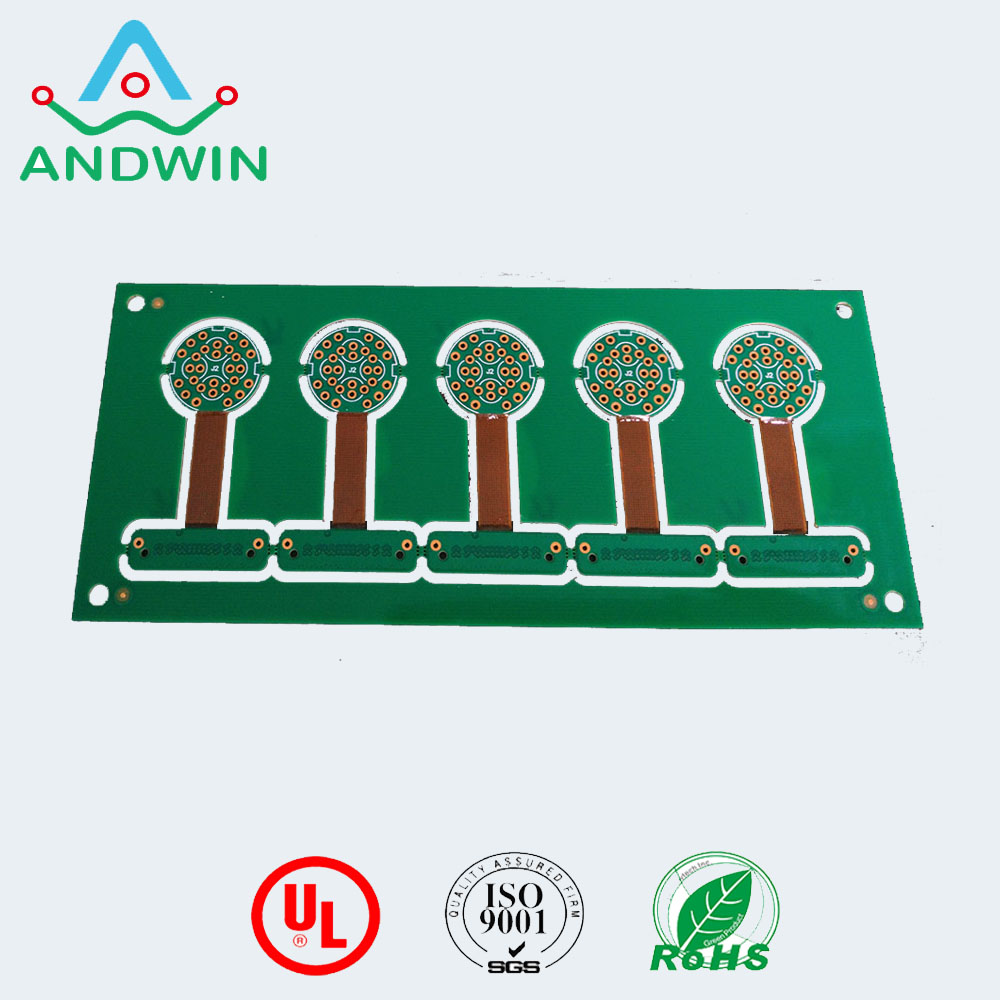
Manufacturing Considerations
The manufacturing process for flexible and rigid-flex circuits is different from that of traditional circuit boards. Here are some key manufacturing considerations to keep in mind:
1. Material Handling: The handling of materials during the manufacturing process is critical, as any damage to the materials can affect the performance and reliability of the circuit. It is important to ensure that materials are handled carefully and stored in a controlled environment.
2. Layer Alignment: The alignment of the layers in a flexible or rigid-flex circuit is critical to its performance and reliability. It is important to ensure that the layers are aligned correctly during the manufacturing process.
3. Adhesive Selection: The adhesive used to bond the layers of the circuit board together is critical to its performance and reliability. The choice of adhesive will depend on the materials used in the circuit board and the environment in which it will be used.
4. Testing: Testing is critical to ensuring the performance and reliability of a flexible or rigid-flex circuit. It is important to perform testing at various stages of the manufacturing process to ensure that the circuit meets the required specifications.
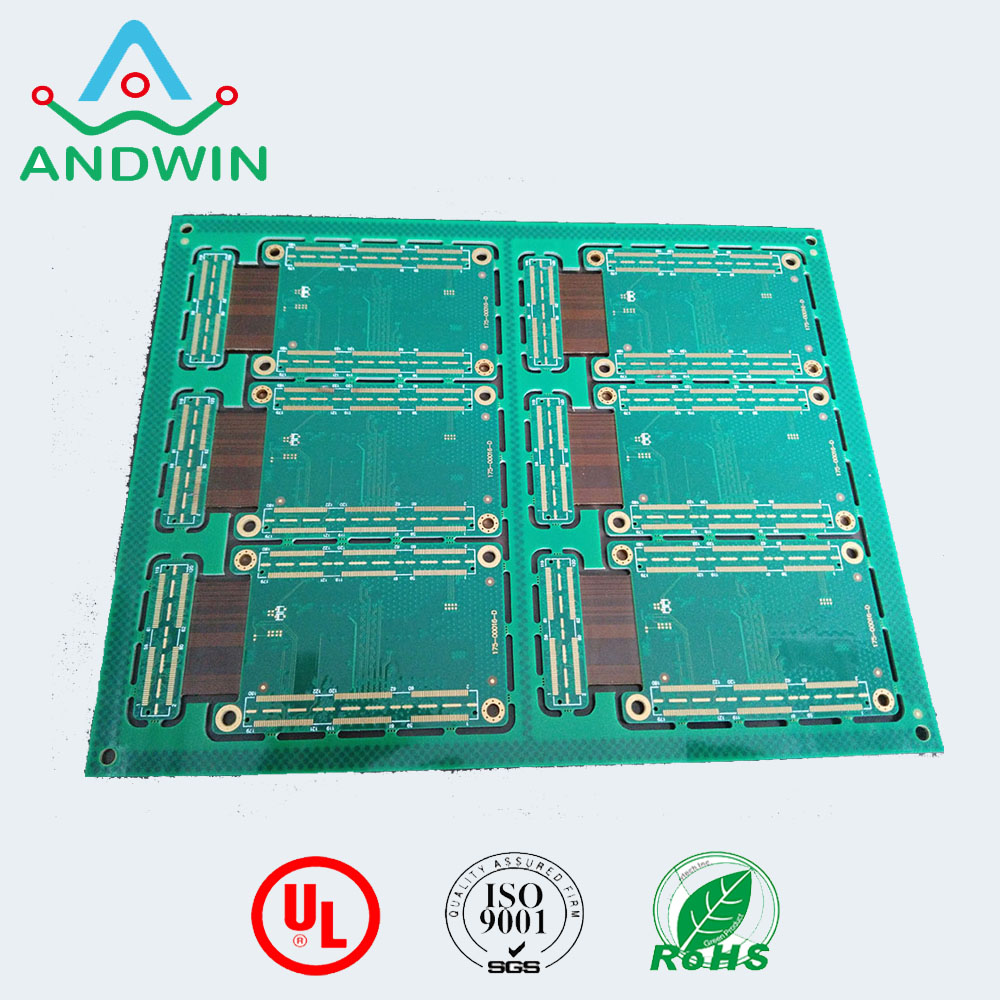
Conclusion
Flexible and rigid-flex circuits are becoming increasingly popular in the electronics industry, thanks to their ability to bend and fold without breaking. However, designing and manufacturing these circuits requires specialized knowledge and expertise. By keeping the key design and manufacturing considerations in mind, engineers can ensure the performance and reliability of flexible and rigid-flex circuits.
Other PCB products, you may interesting










